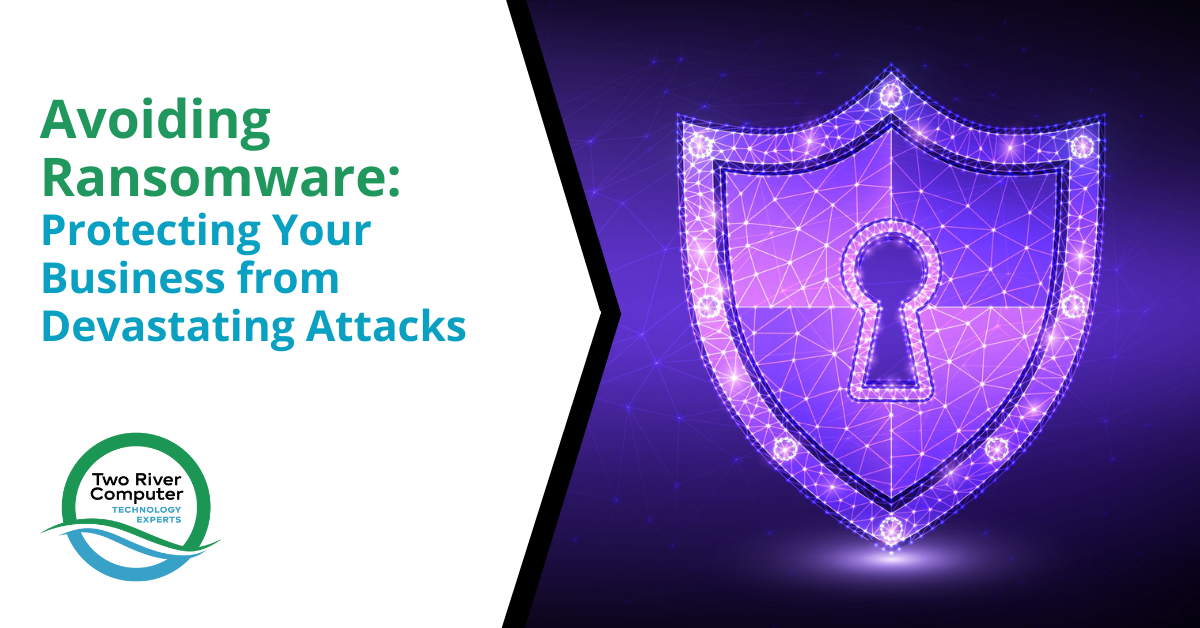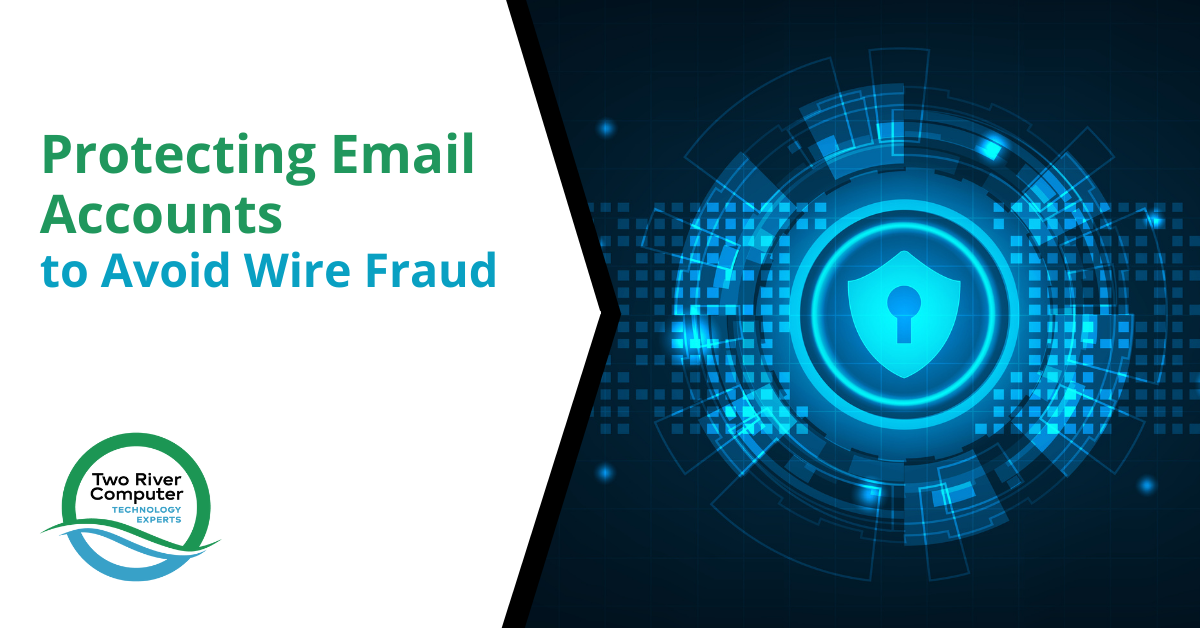
In today’s fast-paced business world, companies are constantly seeking ways to streamline their operations, reduce costs, and improve productivity. One powerful approach to achieving these goals is Business Process Engineering (BPE). BPE involves analyzing and optimizing the core processes that drive a business, with a focus on leveraging technology to enhance efficiency and effectiveness. [Read more…]











